WHY WE CAN PROVIDE A REPLACEMENT WARRANTY:
The picture is not an illustration, the barrels actually look like this!
It is made by hand in a family manufactory by master coopers with 56 years of experience!
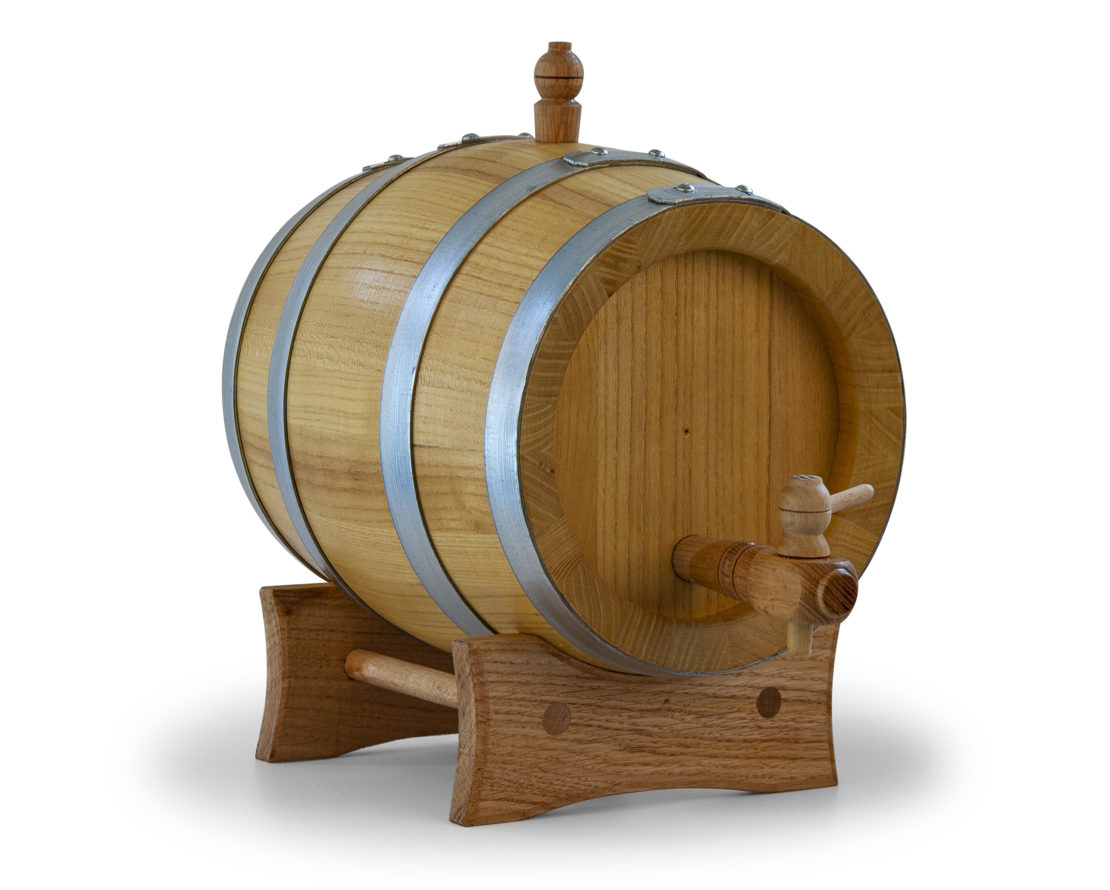

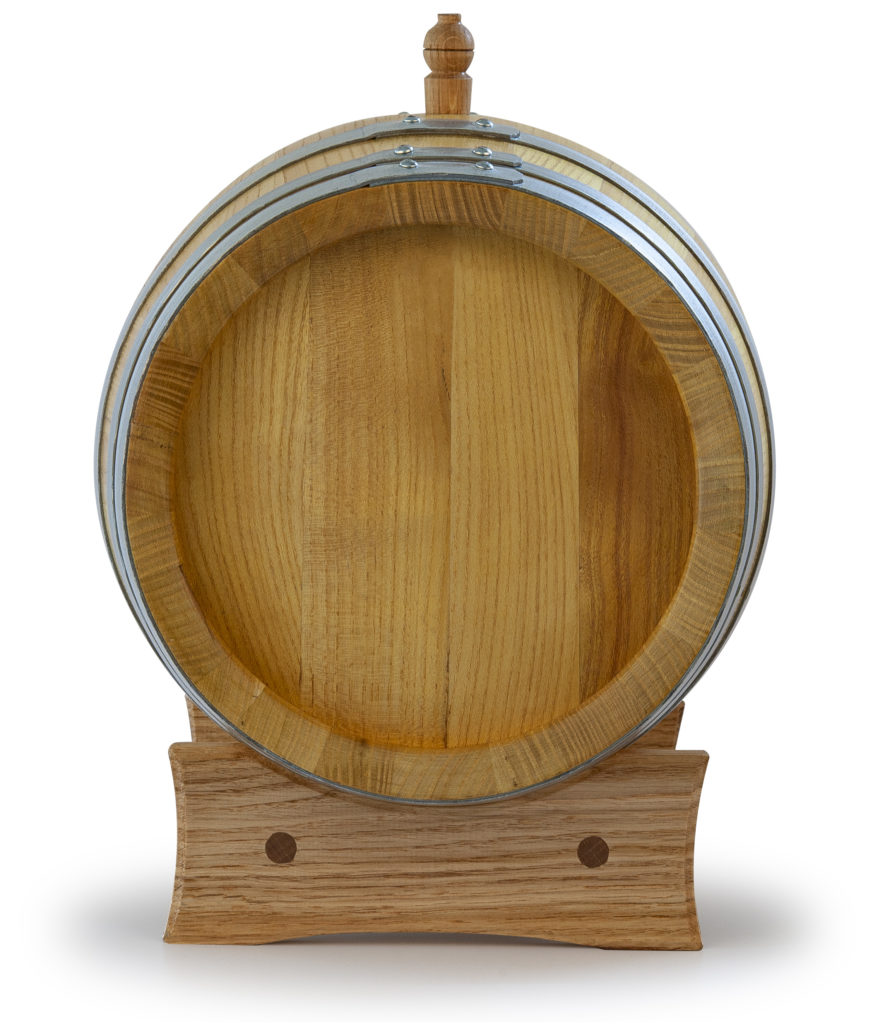
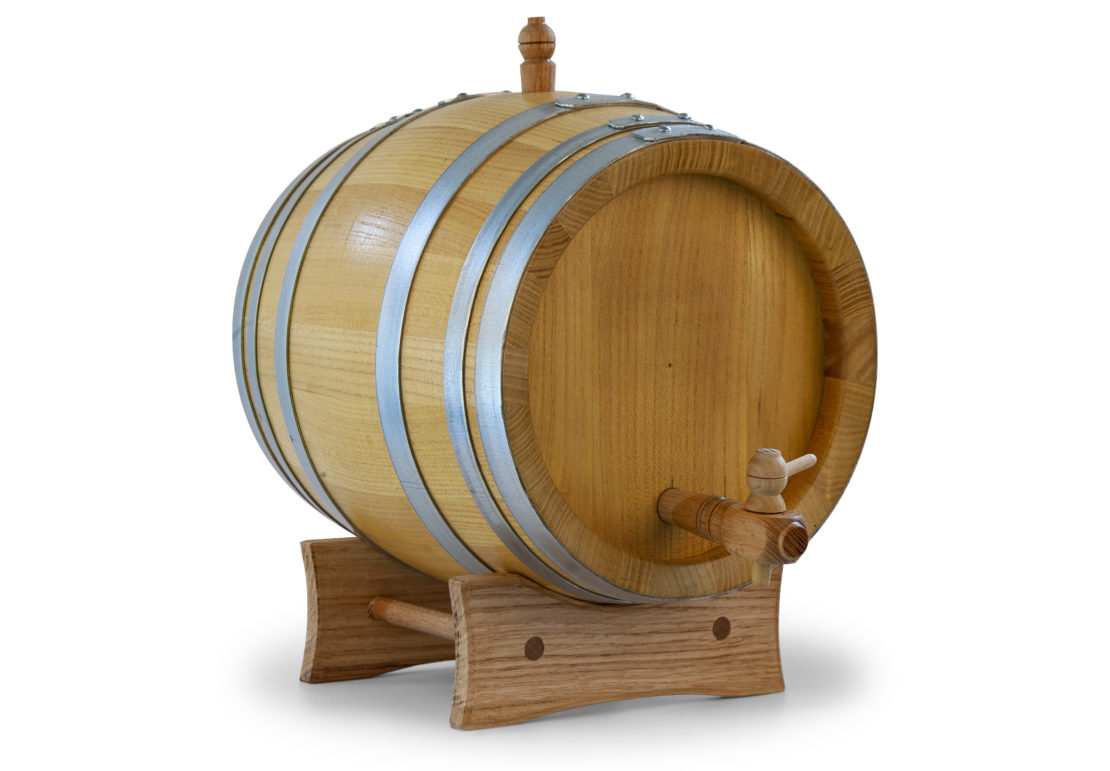
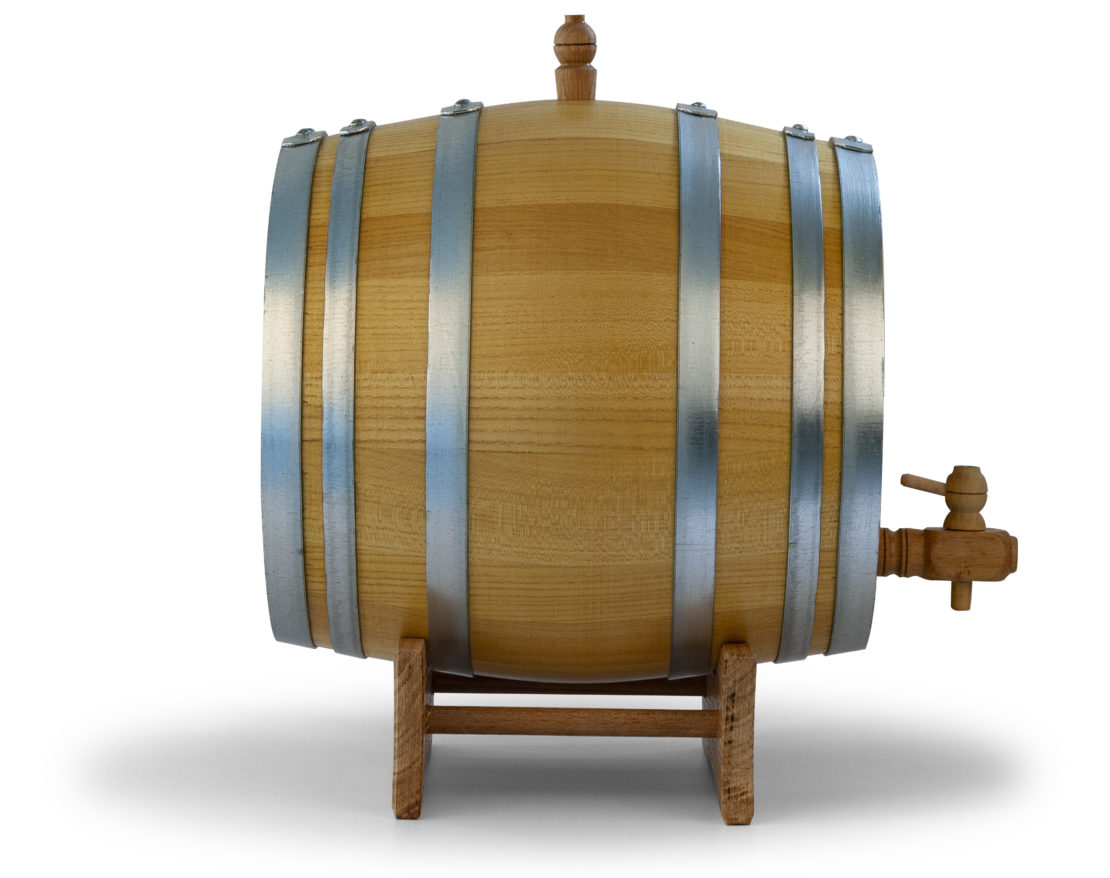

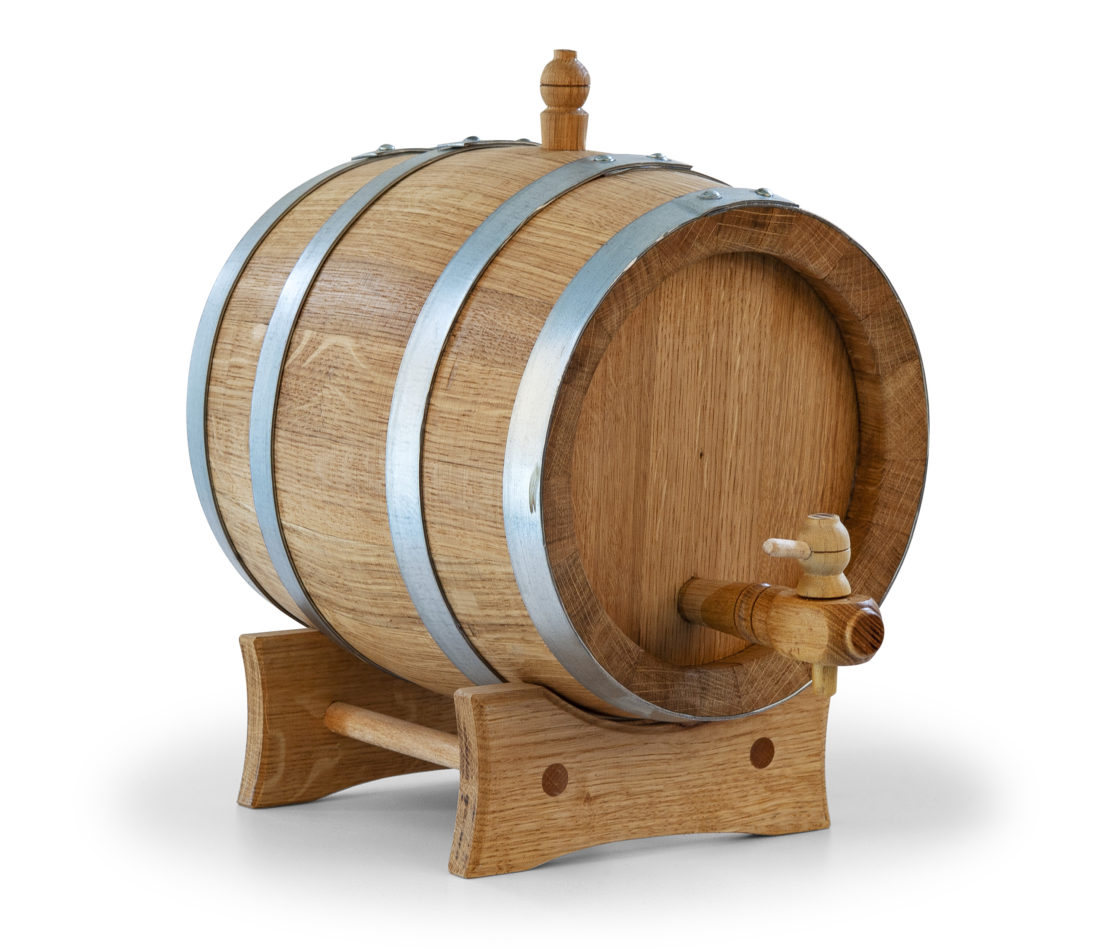
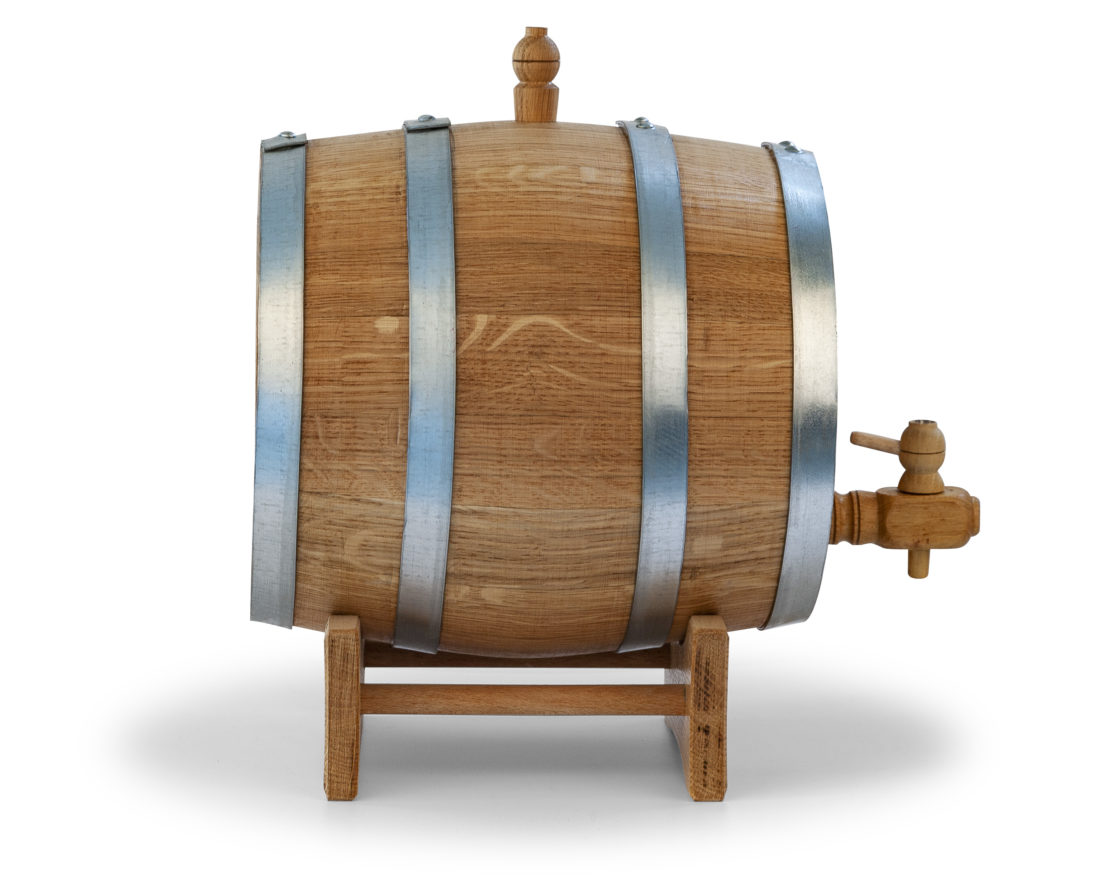

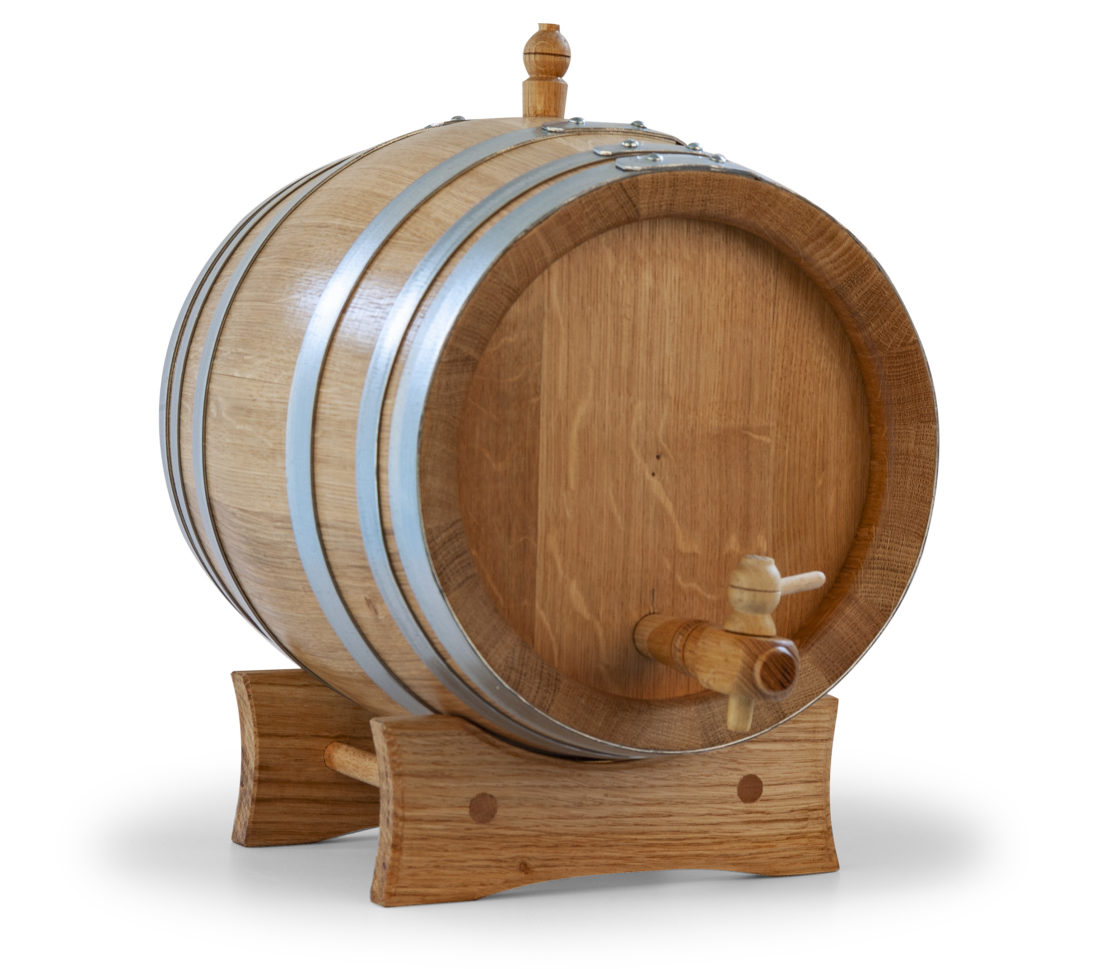
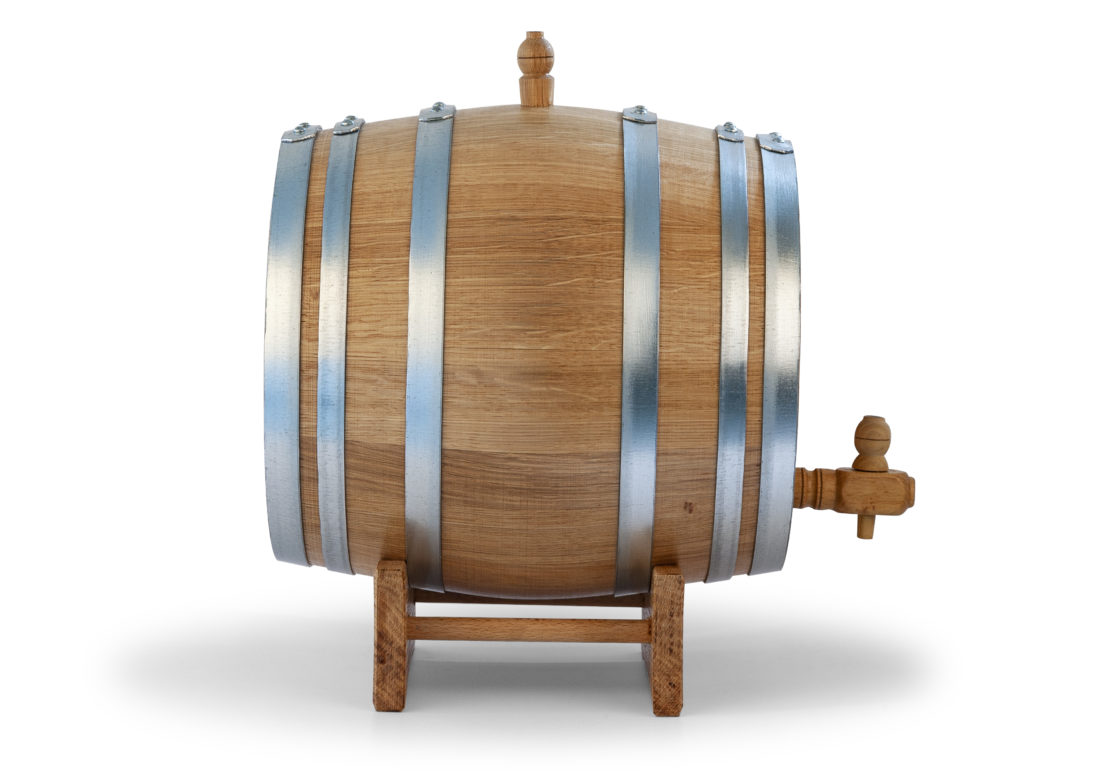
BARREL-MAKING PROCESS
SELECTING THE LOGS
The logs are carefully selected.
We make our barrels exclusively from high-quality Hungarian mountain oak and mulberry (Quercus petra).
For barrique barrels, Zala, Zempléni Mountains, etc. we use oak and mulberry with a dense tissue structure grown on its fertile soils.
We use logs with a favorable fabric structure both in terms of production and extinguishable materials!
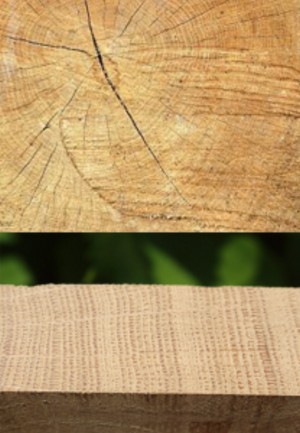
SAWING
Cut the log into four sections.
We remove the bark and the inside.
Then saw it in the direction of the grain.
The dongas are then dried for 1.5-2 years.
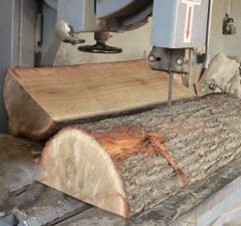
DRYING
Dongas are continuously dried in the open air for 1.5-2 years, where they are exposed to rain, sun and wind.
During the drying time, turn it regularly so that it dries evenly.
We also water the dongas from time to time, because they should not be completely dried out for high-quality raw material.
Natural drying is vital for a good-quality barrel, because the wind, sun, and rain dissolve it, i.e. the materials that are not suitable for the barrel, such as tannins, tannins, etc., are removed.
The preparation of the barrel begins only after proper drying.
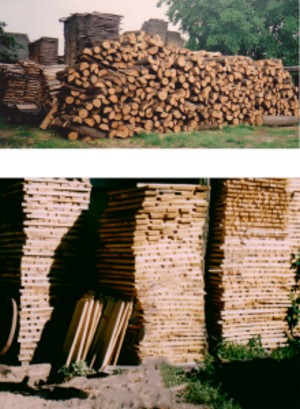
MAKING THE BARREL
After the appropriate time has passed, the staves are cut to size, planed, and the casing of the barrel is assembled.
Then the dongas are heated and the bottoms of the barrels are tightened.

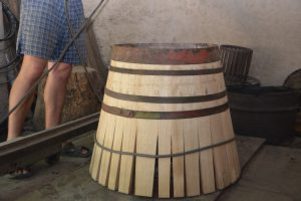
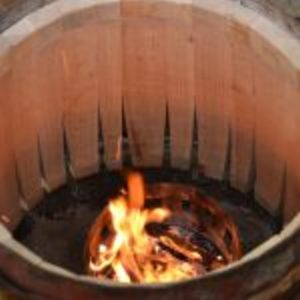
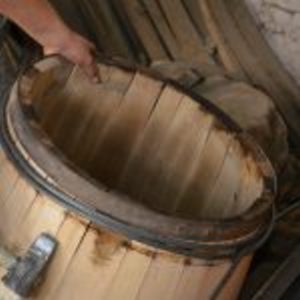
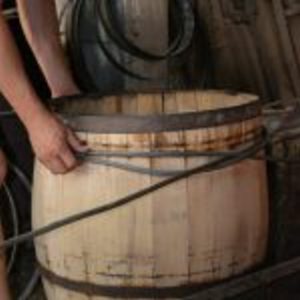
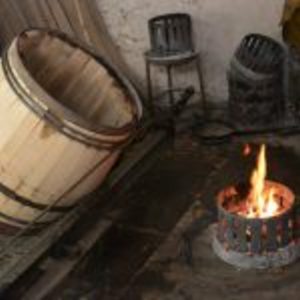
Now comes the toasting
We put fire in a special basket made of oak wood, put it inside the barrel and roast it for a maximum of 40 minutes.
The flavor of the barrel depends on the length of roasting.
We distinguish between three degrees of toasting: L (light), M (medium) and M+ (medium plus).
During burning, the fibers open up, allowing the wine and brandy to penetrate deeper into the wood tissues. Since the wine and brandy can come into contact with the components of the wood's tissues on a larger surface, the concentration of the substances in the wine and brandy will also increase.
The medium-burnt barrel contains the finest spicy scents and aromas, such as cocoa, vanilla, coffee, pipe tobacco, coconut, cloves, pastry scent, burnt bread, burnt oak, clove flowers, butter-sugar-vanilla cake.
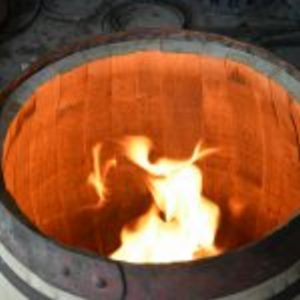
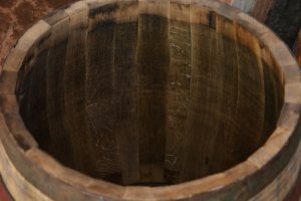
Barrel end machining
We work the end of the completed barrel lining and form the groove that accommodates the bottom.
After that, the assembled bottom plate is measured into the groove, sawed into a circular shape, and its thickness is milled.
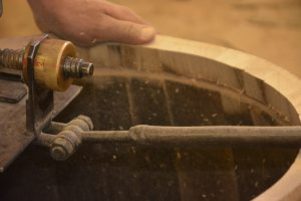
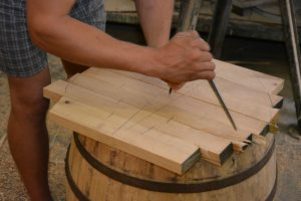
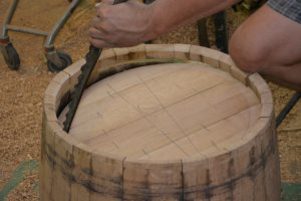
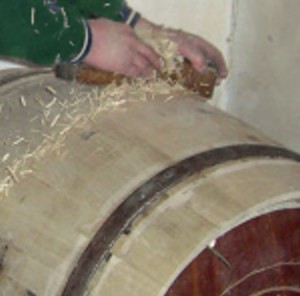
Then we fill it with water and carry out a pressure test.
The external machining of the barrels follows turning and grinding only after these.
Finally, the barrels are ironed with galvanized tires.